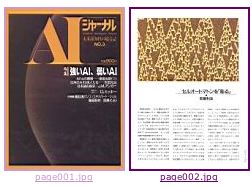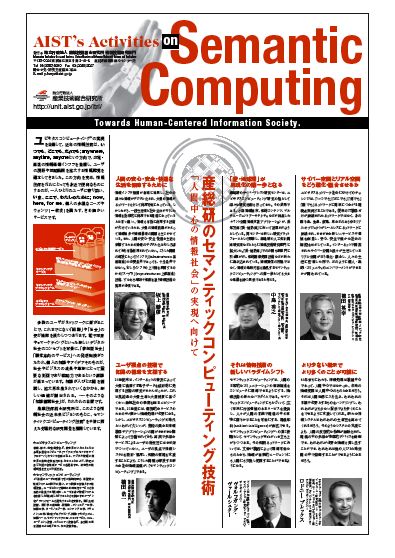To embed self-criticism
What does the term "science journalist in-residence" mean? I believe it does not mean just a spokesperson or mouthpiece, and besides not a critic with a scathing attitude, either.
In the field of management the term "journalist in-residence" has long been used rather as a rhetoric to explain a particular task of an "in-house public relations specialist". Such an expert is now regarded much more as business professional and organizational person than he/she was once in the pioneer era of the PR field.
What I want to refer to here, however, is not such a rhetorical "journalist in-residence" but a "science journalist in-residence", staying at and observing on a particular R&D related institute, project or team, as a "quasi-organizational person". It might be rather similar to "artist in-residence", as which NASA first appointed Laurie Anderson, a multimedea artist, a few years ago.
I think a "science journalist in-residence" can help a researchers' society demonstrate "embedded self-criticism". If there is any serious problem, he/she will have it out with the researchers. Even if the problem is not be solved thoroughly, creating opportunities to communicate with researchers can be crucial to embedding self-criticism to R&D institutions. He/she can create particular information or stories as a result of a continuous process to interact with researchers. And a special ability should be needed to embed such a self-criticism in a deeper layer of the whole science communication process.
I believe the whole process of science communication, including such an internal process mentioned above, should focuse on much more than just outputs or outcomes demonstrated to the public.
In the field of management the term "journalist in-residence" has long been used rather as a rhetoric to explain a particular task of an "in-house public relations specialist". Such an expert is now regarded much more as business professional and organizational person than he/she was once in the pioneer era of the PR field.
What I want to refer to here, however, is not such a rhetorical "journalist in-residence" but a "science journalist in-residence", staying at and observing on a particular R&D related institute, project or team, as a "quasi-organizational person". It might be rather similar to "artist in-residence", as which NASA first appointed Laurie Anderson, a multimedea artist, a few years ago.
I think a "science journalist in-residence" can help a researchers' society demonstrate "embedded self-criticism". If there is any serious problem, he/she will have it out with the researchers. Even if the problem is not be solved thoroughly, creating opportunities to communicate with researchers can be crucial to embedding self-criticism to R&D institutions. He/she can create particular information or stories as a result of a continuous process to interact with researchers. And a special ability should be needed to embed such a self-criticism in a deeper layer of the whole science communication process.
I believe the whole process of science communication, including such an internal process mentioned above, should focuse on much more than just outputs or outcomes demonstrated to the public.



